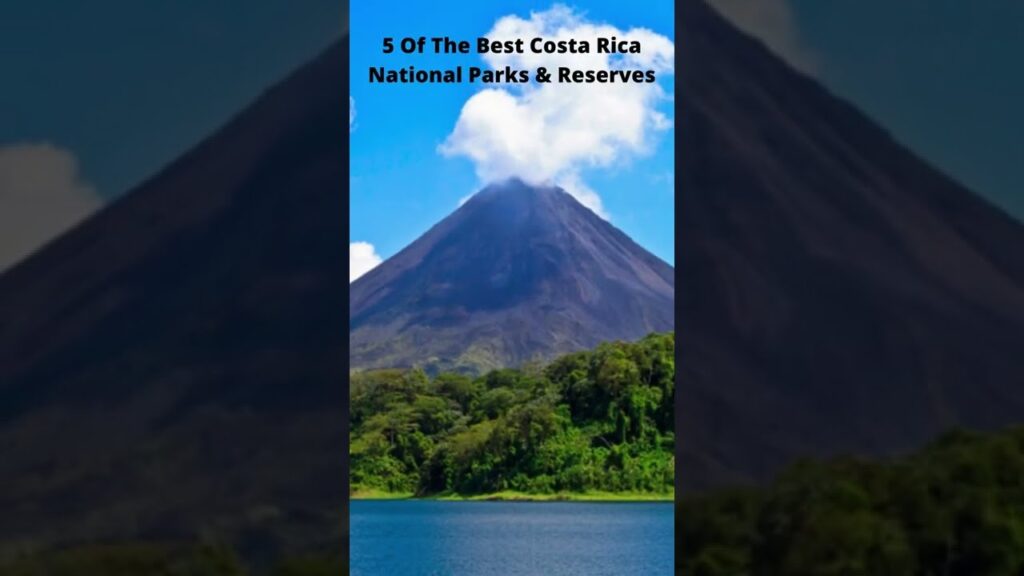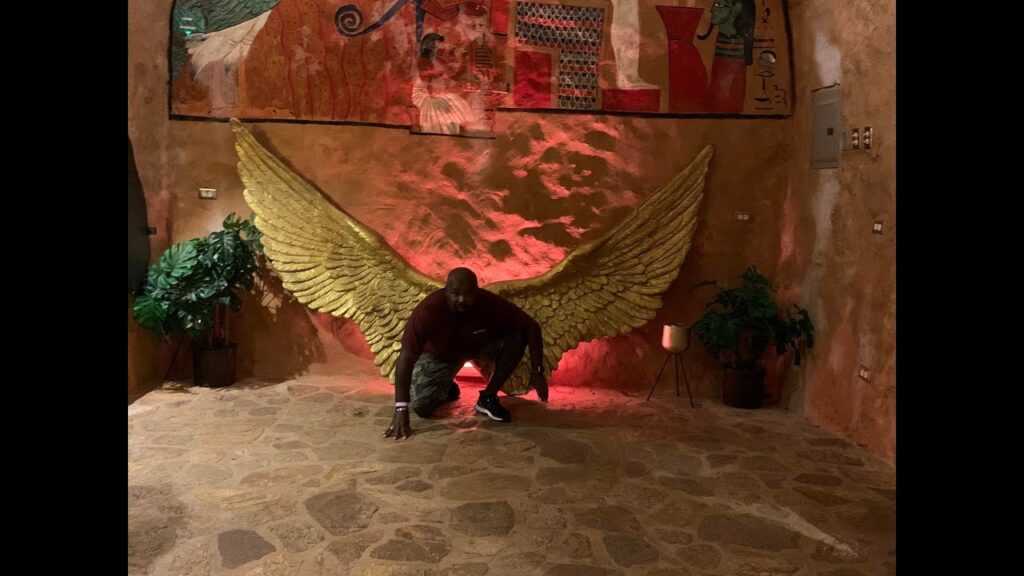Discovering Petra The Rose City of Jordan
Daily Location Fact #11: Petra, Jordan
Fact: Petra, also known as the “Rose City,” is famous for its rock-cut architecture and water conduit system, and it is one of the New Seven Wonders of the World.
Discovering Petra: The Rose City of Jordan by Glenis’s Workspace
Timestamps:
00:00:00 Petra, Jordan
00:00:06 Introduction to Petra
00:00:27 The Treasury
00:00:43 Rediscovery of Petra
00:01:00 Tombs of Petra
00:01:10 Ingenious Water System
00:01:29 The Siq
00:01:48 UNESCO World Heritage Site
00:01:59 Hollywood Fame
00:02:09 The Monastery
00:02:24 Ongoing Discoveries
00:02:48 Travel Tips
00:03:02 The Rose City of Jordan
00:03:33 Nabataean Civilization
00:04:04 Architectural Marvels
00:04:41 Water Conduit System
00:05:15 Exploring Petra
00:05:50 Petra in Popular Culture
00:06:12 Experiencing Petra
00:06:47 Conclusion
00:07:17 Join Us
Discovering Petra: The Rose City of Jordan
Hidden amidst the rugged mountains and vast deserts of southern Jordan lies Petra, an ancient city carved into vibrant red sandstone cliffs. Often referred to as the “Rose City” due to the color of the stone from which it is hewn, Petra is a UNESCO World Heritage site and one of the New Seven Wonders of the World. This extraordinary archaeological site offers a fascinating glimpse into the ingenuity and artistry of the Nabataean civilization.
Petra was established as the capital of the Nabataean Kingdom around the 4th century BC. The Nabataeans, an Arab tribe, were skilled traders and engineers who created a thriving metropolis by controlling the vital trade routes between Arabia, Egypt, and the Mediterranean. Petra’s strategic location and its advanced water management system allowed it to flourish in an otherwise arid region.
One of the most iconic and awe-inspiring structures in Petra is Al-Khazneh, or “The Treasury.” This magnificent tomb, believed to have been constructed in the 1st century AD, features a grand facade with intricate carvings and Corinthian columns. The Treasury is the first major monument visitors encounter after traversing the narrow gorge known as the Siq, a dramatic entrance to the ancient city that heightens the sense of wonder and discovery.
Beyond the Treasury, Petra reveals a wealth of architectural marvels, including tombs, temples, and an amphitheater, all carved directly into the rock face. The Monastery, or “Ad Deir,” is another monumental structure that rivals the Treasury in grandeur. Perched atop a hill and accessible by climbing 800 steps, the Monastery offers breathtaking views of the surrounding landscape and serves as a testament to the Nabataeans’ engineering prowess.
Petra’s innovative water conduit system is another remarkable aspect of the city. The Nabataeans constructed an intricate network of dams, cisterns, and water channels to collect and store rainwater, ensuring a reliable water supply for the inhabitants. This system not only supported the city’s population but also facilitated agriculture in the arid environment, contributing to Petra’s prosperity.
Exploring Petra is an immersive experience that transports visitors back in time. The Street of Facades, lined with impressive tombs and houses, the Royal Tombs, and the Great Temple are just a few of the many sites that showcase the city’s rich history and architectural brilliance. The Petra Archaeological Museum and the Petra Nabataean Museum provide further insights into the city’s history, artifacts, and the daily lives of its ancient inhabitants.
Petra’s enchanting landscapes and historical significance have also made it a popular filming location. Movies such as “Indiana Jones and the Last Crusade” have captured the site’s mystical allure, bringing its stunning scenery to a global audience.
Visiting Petra offers more than just a journey through history; it provides an opportunity to experience the natural beauty and cultural heritage of Jordan. The surrounding desert landscapes, with their rugged cliffs and sweeping vistas, create a dramatic backdrop that enhances the site’s majestic atmosphere. The local Bedouin culture, with its traditional music, crafts, and hospitality, adds to the richness of the experience.
In conclusion, Petra is a destination that captivates with its breathtaking architecture, historical significance, and natural beauty. Whether you’re marveling at the grandeur of the Treasury, exploring the hidden corners of the ancient city, or soaking in the stunning desert views, Petra promises an unforgettable adventure that leaves a lasting impression on all who visit.
Join us on our journey as we uncover more daily location facts and explore the hidden gems of the world. Don’t forget to like, comment, and share your own travel experiences with the “Travel With Glen” community!
Other Travel Information – https://www.youtube.com/watch?v=F_eAqzYnEeg&list=PLoPlI-C8hVgHkjngR_DQhiFdgyzXAIHKv
https://mytravelsteps.com
![]()









